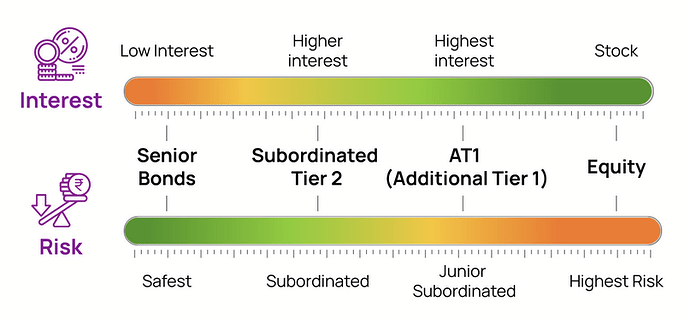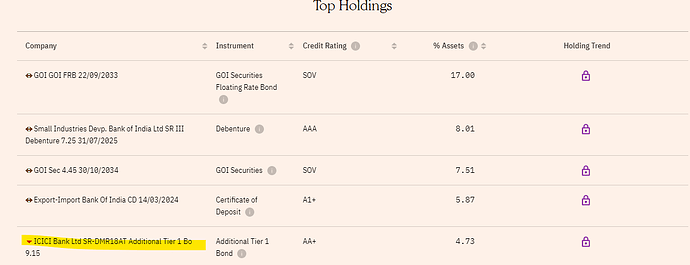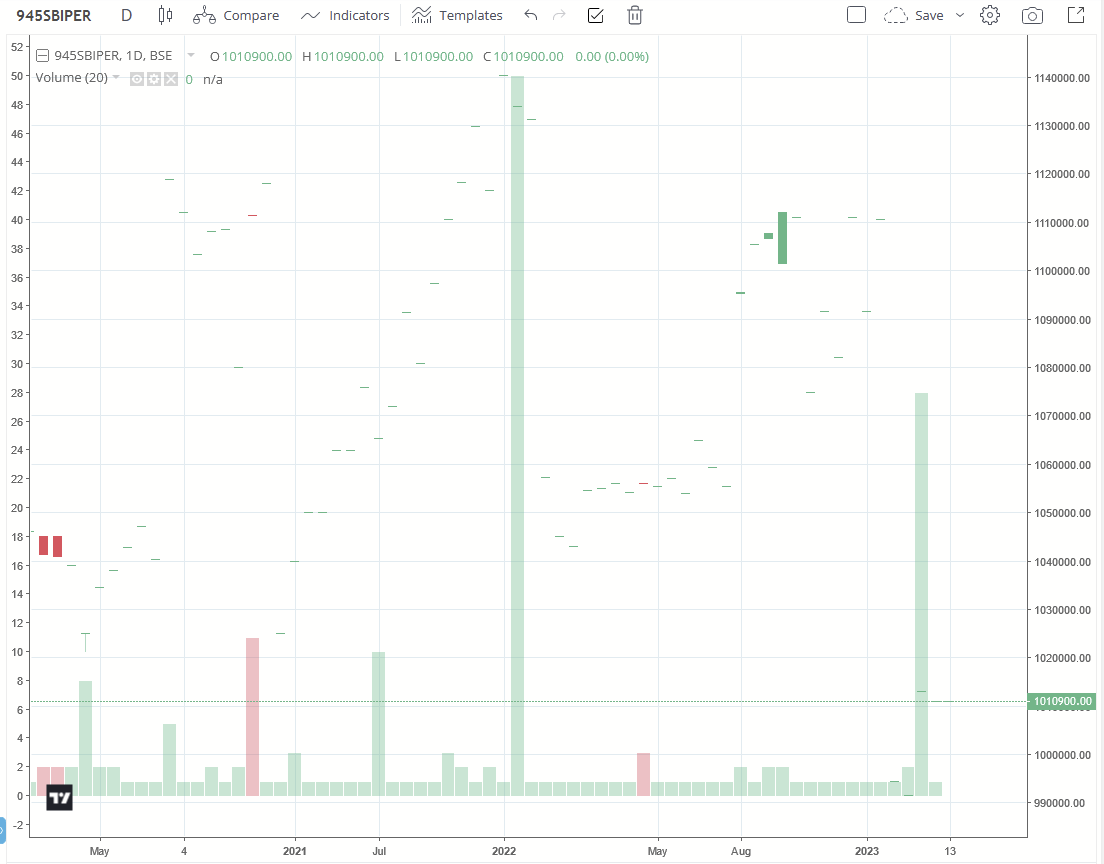Bonds with actual sovereign guarantee (GSECs) are currently yielding 7.3% - 8 %.
For an investment of INR 10lac,
the difference between…
- annual returns from GSECs (7.3% - 8%)
and
- annual returns from this PSU AT-1 bond (9.34%)
…turns out to be INR 15-20K.
Thinking of these reduced returns as an insurance
to guarantee that nothing happens to the 10lac principal invested,
15K each year to insure 10lac is a very reasonable cost, right? 
Why bother with all the risks associated with an AT-1 bond ?
If one already has a couple of crores invested in GSECs,
and can afford to risk occasionally losing dividend-returns or even the principal itself,
then can take a chance with 1-2 lots (10-20lacs worth) of such corporate PSU / NBFC AT-1 bonds, maybe? 
Right.
I don’t know the odds of this happening with SBI. 
However, here’s what i know…
If i were to purchase 1 lot of this SBI AT-1 bond,
- Winning scenario = i win 15K (increased dividend returns compared to GSECs)
- Losing scenario = i lose 10Lac (principal lost)
i.e. it is like an exciting lottery ticket that costs 10L, with a prize-money of 10.15L.
(compared to putting the same 10L into some “boring” GSECs)
Calculating the EV (Expected Value) associated with this “lottery-ticket”,
EV = (Probability of Winning) x (Amount Won) – (Probability of Losing) x (Amount Lost )
EV = (( p ) * (15,000)) - ((1 - p) * (10,00,000))
where p is the probability of SBI NOT defaulting on these AT-1 bonds,
i.e. both paying out the annual dividends at 9.34% and not writing-off the principal amount.
The net result is…
EV = (10,15,000 * p) - 10,00,000
In the above equation, the break-even bet (EV = 0) is at p = 98.5
i.e. a positive EV requires p > 98.5
i.e. a +EV bet requires the probability of SBI defaulting on these AT-1 bonds to be less than 1.5%.
So, today one would invest in these AT-1 bonds
and expect to be better off than investing in GSECs today,
if the chances of SBI facing financial distress to the extent that they write-off these AT-1 bonds,
are lower than 1.5%.
NOTE: A more accurate EV can be calculated by including the other outcomes in the above equation.
(eg. the possibility of not receiving dividend in a particular year, but the principal amount invested in the bond not being written-off either)
PS: Also, anyone interested in estimating the probability/odds of rare events,
do checkout Neglect of probability - Wikipedia,
and adjust accordingly to account for one of the common biases in estimating rare events / extreme probabilities.
PPS: If one is good at estimating odds of rare events (a huge IF),
and is comfortable risking huge sums to earn a tiny return (but repeatedly and consistently over time),
i hear that selling options is something that one will likely enjoy.


